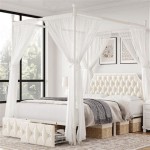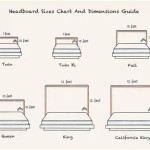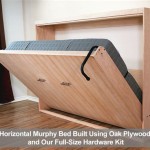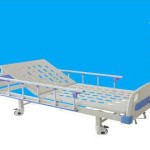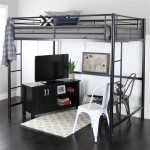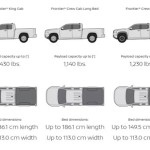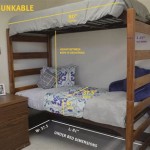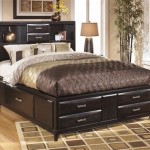Best Size For Raised Bed Garden
Raised bed gardening is a great way to grow vegetables, herbs, and flowers in small spaces or in areas with poor soil. Raised beds are also easier to maintain than traditional in-ground gardens, and they can be customized to fit your specific needs.
The best size for a raised bed garden will depend on a number of factors, including the size of your space, the amount of sunlight you have, and the types of plants you want to grow. However, there are some general guidelines you can follow to help you choose the right size for your needs.
Width
The ideal width for a raised bed garden is 4 feet. This is wide enough to accommodate most vegetables and herbs, and it allows you to easily reach all parts of the bed for weeding, watering, and harvesting.
If you have a small space, you can get away with a narrower bed. However, beds that are less than 3 feet wide can be difficult to work in, and they may not be able to accommodate all of the plants you want to grow.
Length
The length of your raised bed garden will depend on the size of your space and the number of plants you want to grow. A bed that is 8 feet long will accommodate about 16 plants, while a bed that is 12 feet long will accommodate about 24 plants.
If you have a small space, you can create a shorter bed. However, beds that are less than 6 feet long can be difficult to work in, and they may not be able to accommodate all of the plants you want to grow.
Height
The ideal height for a raised bed garden is 12 to 18 inches. This height is high enough to improve drainage and aeration, but it is also low enough to make it easy to reach all parts of the bed for weeding, watering, and harvesting.
If you have a small space, you can get away with a shorter bed. However, beds that are less than 6 inches high may not provide enough drainage and aeration, and they may be difficult to work in.
Shape
Raised bed gardens can be any shape you want. However, the most common shapes are rectangles and squares. Rectangular beds are easier to build and maintain, while square beds are more space-efficient.
The shape of your raised bed garden will ultimately depend on your personal preferences and the size of your space.
Materials
Raised bed gardens can be made from a variety of materials, including wood, metal, and plastic. Wood is the most popular material for raised beds, as it is relatively inexpensive and easy to work with. However, wood can rot over time, so it is important to choose a rot-resistant wood such as cedar or redwood.
Metal is another popular material for raised beds, as it is durable and long-lasting. However, metal can be more expensive than wood, and it can heat up in the sun, which can damage plants.
Plastic is the least popular material for raised beds, as it is not as durable as wood or metal. However, plastic is lightweight and easy to move, and it does not rot or heat up in the sun.
The best material for your raised bed garden will depend on your budget, your needs, and your personal preferences.

Raised Bed Garden From A Z What To Know Joe Gardener

Everything To Know About Building Raised Garden Beds Lovely Greens

4x8 Raised Bed Vegetable Garden Layout Ideas

Selecting The Right Material For Your Raised Bed Garden Milorganite

Everything To Know About Building Raised Garden Beds Lovely Greens

Selecting The Right Material For Your Raised Bed Garden Milorganite

Raised Garden Bed Woodlogger

The Perfect Raised Bed Size For High Ivity In Small Spaces Youtube

Getting Started With A Year Round Garden Part 2 Layout The Seasonal Homestead

The Best Size For Raised Gardens Madness Method

